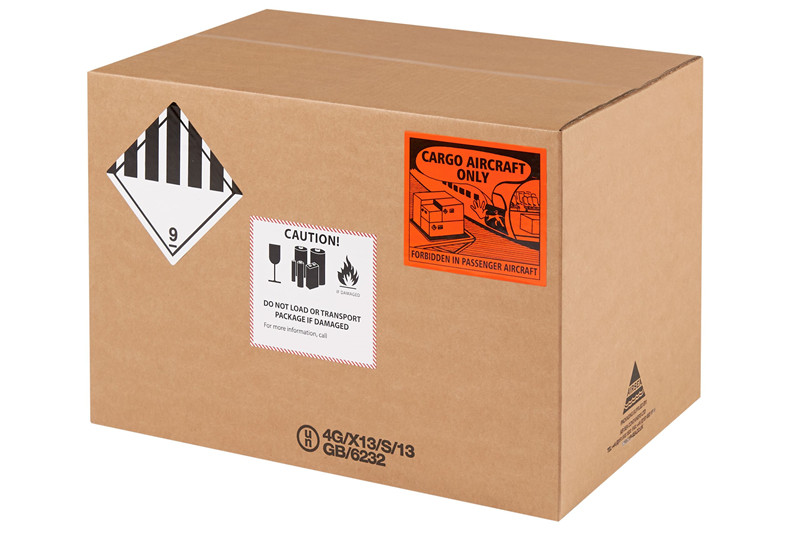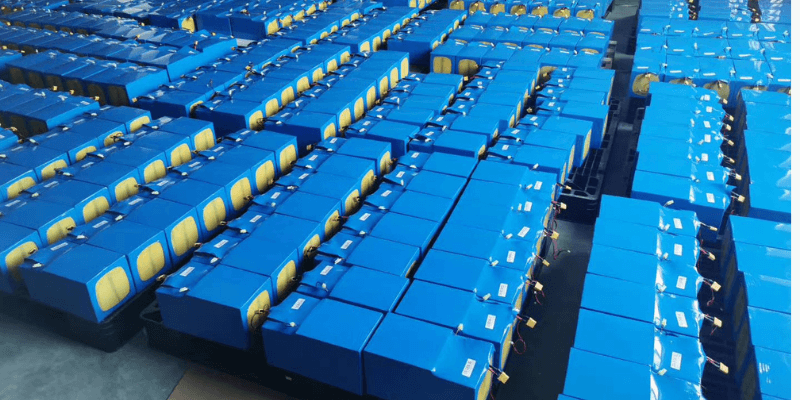Nøgle takeaway:
- Transport af lithiumbatterier kræver overholdelse af strenge regler på grund af deres antændelighed, termisk løbsk risiko og potentiale for eksplosion. Overholdelse er påbudt af forskellige nationale og internationale agenturer.
Lithium batterier Strøm mest højdrevne enheder i dag, fra køretøjer til mobiltelefoner. Disse batterier findes i forskellige størrelser, watt-timer, kemister og volumener.
Producenter designer og sender dem som selvstændige pakker, forudinstalleres på enheder eller pakkes med enheden. Uanset hvilken kanal du bruger til at sende lithiumbatterier, skal nationale og internationale begrænsninger følges.
Hvorfor kræver transport af lithiumbatterier strenge regler?
Lithiumceller og batterier klassificeres som farlige varer til transport på grund af potentielle risici som nedenfor:
- The flammability and corrosiveness of the electrolyte.
- Thermal runaway caused by battery overheating.
- Fire or explosion triggered by short circuits.
Lithium Batteries Shipping Regulations
The transportation of lithium batteries is subject to a strict set of regulations. These regulations include but are not limited to:
- U.S. Department of Transportation (DOT) hazardous materials regulations, which mention the classification, packaging, labeling, and transportation documentation requirements for lithium batteries.
- International Maritime Organization (IMO) dangerous goods code, primarily focus on the sea transportation of lithium batteries.
- International Civil Aviation Organization (ICAO) technical instructions, providing detailed safety guidance for the lithium batteries air transportation.
Packaging Requirements For Lithium Batteries
Here are the packaging requirements to keep lithium batteries traveling safely and comply with regulations:
- Label It Right: Every package contains lithium batteries or cells, either standalone or integrated into devices, must bear a label declaring its power source and displays the hazard marking.
- Short Circuit Block: Your packaging must prevent short circuits from electrical connections.
- No Defects Allowed: Faulty or damaged batteries are never permitted for travel.
- Recycling Rules: Batteries being returned to the manufacturer for recycling cannot fly without airline approval.
- Weight Watchers: If your lithium battery weighs over 35 kg, it requires approval from national authorities. Lighter loads up to 35 kg are allowed for certain types.
- Volume Matters: High-volume lithium-ion batteries under 100Wh have a 10 kg per package limit, while low-volume batches are limited to 5 kg.
- No Passenger Planes for Some: Cargo-tagged lithium batteries and cells are prohibited on passenger aircraft. When shipped as cargo, they must be at a 30% charge or less.

Tips for Shipping Lithium Batteries
To safely transport lithium batteries, consider implementing the following best practices:
- Certify Your Team: Ensure that all transport personnel have received proper training and hold relevant certifications.
- Partner with Reputable Carriers: Collaborate with reputable express service providers, ensuring they understand and comply with regulations.
- Stay Current with Regulations: Gennemgå og opdaterer regelmæssigt transportprocesser for at imødekomme de nyeste lovgivningsmæssige krav.
- Forbered væsentlig dokumentation: Forbered den nødvendige dokumentation og certifikater til transport af lithiumbatterier, såsom kontrakten for farligt gods, materialesikkerhedsdatablad (MSDS) og UN38.3 Certifikat.
Konsekvenserne af manglende overholdelse
Ikke-overholdelse af reglerne for lithiumbatteri kan føre til følgende konsekvenser:
- Lasten kan nægtes til transport.
- Der kan være eksponering for høje bøder og juridiske forpligtelser.
- Forretnings omdømme kan blive beskadiget, og fremtidige transportaktiviteter kan endda være forbudt.
- Mest alvorligt kan det føre til sikkerhedsulykker, hvilket resulterer i personskader og materielle skader.
Konklusion
Transporting lithium batteries demands a sophisticated and meticulously regulated approach. For the assurance of safety and adherence to standards, all parties involved in shipping lithium batteries must be knowledgeable and compliant with relevant regulations..
By following best practices and maintaining rigorous oversight, the risks of the transportation process can be mitigated, protecting human safety and the environment.

